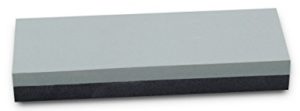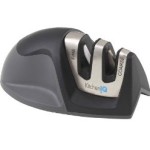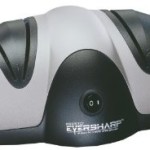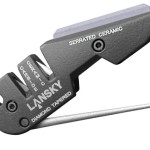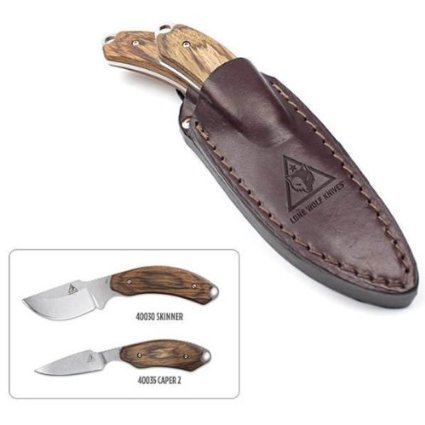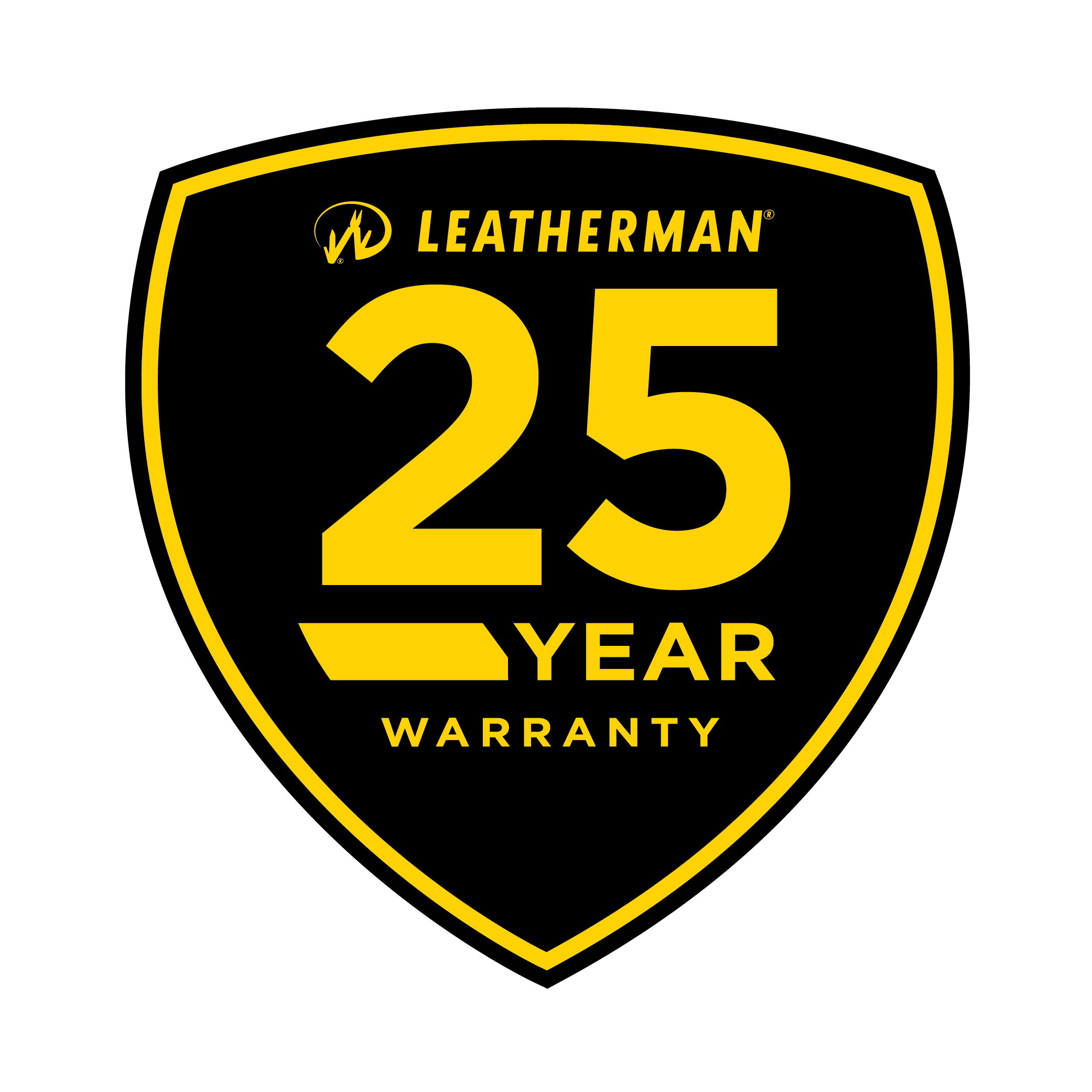How To Sharpen A Pocket Knife or Multi-Tool & Knife Sharpening Angle
If you’re the type interested in carrying a multi-tool, chances are you have heard the term, “a dull knife is way more dangerous than a sharp knife.” It seems counter-intuitive but makes sense if you’ve ever spent any time using a knife. In the off chance that statement makes no sense to you, the principle is with a dull blade more strain is needed and lack of technique will likely lead to an accident.
Jump To> Electric Knife Sharpener Reviews
One of the most used tools onboard a multi-tool is definitely the knife. Multi-tools are notorious for wear and tear, simply because they are used quite frequently. Although most multi-tools are now made of high-grade stainless steel, they do and can dull. Keeping your knife blade sharp is of utmost importance to ensure you’re getting the most out of your tool, and who knows hopefully prevent injury.
Recently, there has been quite a surge in knife sharpening tools. Conventional vs Mechanical is the great debate. Some even try to sharpen a knife without a sharpener.
Best Way To Sharpen A Knife
We’ll start with the old-fashioned sharpeners.
Several conventional blade sharpeners exist; of them, the whetstone and honing steel are the most popular. For the type of blade on a multi-tool, the whetstone is going to be of most use to us.
Using A Sharpening Stone- Knife Sharpening Angle
Whetstone
Using a whetstone takes a little bit of practice to get the technique down. Don’t jump in trying to sharpen your best blade, use an older blade you got laying around. Most whetstones come with two sides; a coarse and fine side. The coarse side is to be used on severely damage blades and the fine edge is to really hone your blade in. The proper angle used is 22°. This is the difficult part to make sure you keep the blade at the proper angle while your refining your blade. Also, remember to keep the whetstone, wet. This will help to keep the heat down from friction. Heat can warp your blade if you really get after it on the whetstone. Keeping the whetstone lubricated will help to remove debris as you are sharpening your knife. Many choose to use water as a lubricant, but mineral oil is a better choice.
Step-by-step instructions are relatively straightforward, so I think it is better to see the process in action:
Honing Steel/Rod
The honing steel works almost identical to a whetstone. However, many people go awry using a honing steel as they flail it around in the air to look like a chef they saw on the latest reality TV show. Maybe those chefs can get away with that, but most people cannot. Why? Because a 20-22° angle needs to be maintained when sharpening just like the whetstone. When the honing steel is not supported by a towel/table and a stroke is made down the steel, the angle is sure to be varying quite a bit. By anchoring the rod to a table/towel/surface, it enables the ability to maintain the constant angle needed to sharpen your blade. Honing rods come in several styles, groves, ceramic, steel etc. Most people have seen the standard groove steel rod as part of their kitchen cutlery set. These steel rods are meant to true a blade, not necessarily sharpen a blade. The higher end honing rods which are diamond infused will work to sharpen much like a whetstone. When it comes to multi-tools the whetstone makes much more sense than a honing rod that is meant more so for the kitchen cutlery set.
How to use Honing Steel
Electric Knife Sharpener Review
Well, where do we start here? This is the area of the market that has seen the most explosive growth. It seems like every big box manufacturer, as well as the trade-show specialist, has developed a blade sharpening contraption of some sort. There is no way we would want to review every blade sharpening device. Most of these blade sharpeners operate on a similar principle and that is sliding a blade through a fixed or moving sharpening stone. The angles are preset so as to make the sharpening device idiot proof. Although these sharpening tools seem very helpful to many, I tend to shy away and use the standard whetstone. When you start adding plastic and overcomplicating a simple procedure, there is too much that can go awry.
While we are in the mechanical arena of multi-tool knife sharpening, it is necessary to address one important topic. Many who are in the market for a multi-tool, may also own a bench grinder, or a grinder for the matter. Please, do not use a grinder to attempt to sharpen your multi-tool. A grinders wheel spins far too fast to properly sharpen a blade. There is a significant risk when using a bench grinder in attempting to sharpen a blade that you will warp the blade, or just completely ruin the angle.
Conclusion
Keeping your multi-tool knife sharp is key to keeping your multi-tool up to the highest standards. Many multi-tool manufacturer warranties will even offer to sharpen your blade(s) for free or for a small fee. These tools can be sent back in and the manufacturer themselves can sharpen your blade. Otherwise, using a simple whetstone properly to sharpen your blades can be a simple way to keep your multi-tool performing best. If you are the creative type, there are even a few unconventional methods to sharpening a blade without a sharpener.

